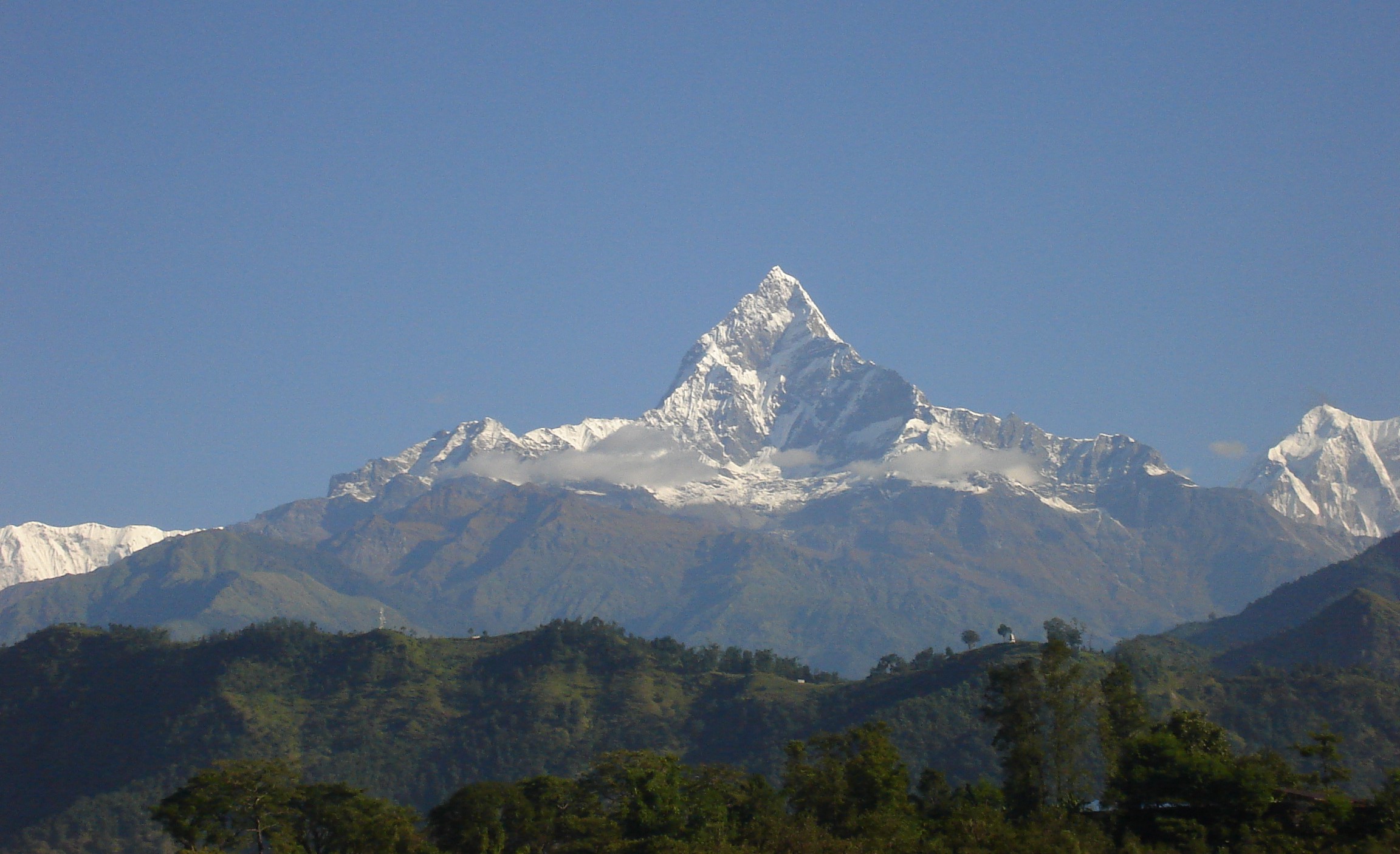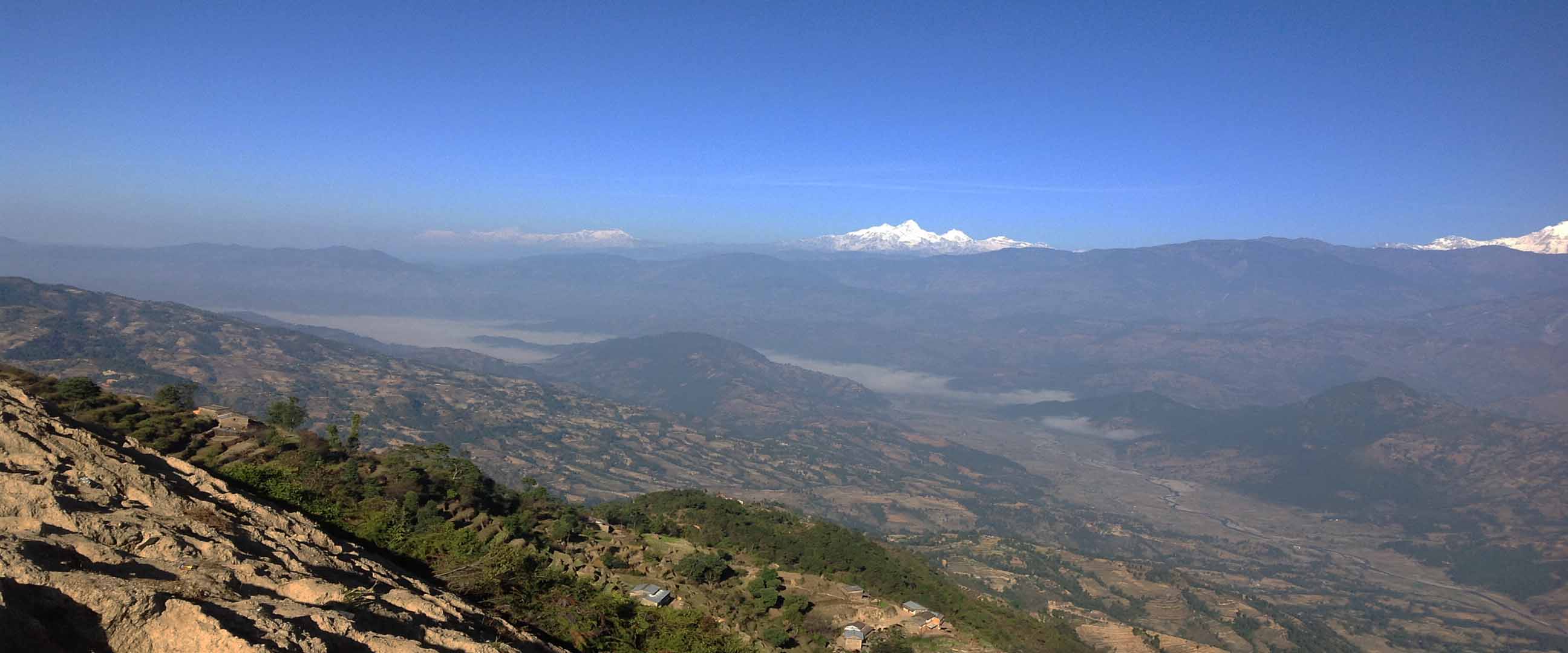- Home
-
Nepal
-
Trekking
- Dhampus trek
- Jomsom Muktinath Trek
- Annapurna Base Camp Trekking (Sanctuary)
- Annapurna Circuit(Round) Trekking
- Mardi Himal Trekking
- Ghorepani Cleaning Trek
- Annapurna Panorama Trek
- Annapurna Culture Trek
- Everest Base Camp Trek
- Everest Panorama Trek
- Khopra Trek
- Mohare Danda Trek
- Ganesh Himal Trekking
- Ganesh Himal Medical Trek
- Langtang Valley Trek
- Langtang Gosainkund Trek
- Ganja La Pass Trekking
- Ruby Valley Pangsang Pass Trek
- Langtang Gosainkund Helambu Trek
- Tamang Heritage Trek
- Panch Pokhari Trek
- Upper Mustang Trek
- Everest High Pass Trek
- Gokyo Valley Trek
- Gokyo Chola Pass Trek
- Salleri to Everest Base Camp Trekking
- Pikey Peak Trek
- Tsum Valley Trek
- Manaslu Circuit Trek
- Lower Dolpo Trek
- Makalu Base Camp Trek
- Ghorepani Poon Hill Trek
- Helambu Trek
- Jyamrung Trek
- Chepang Indigenous Trek
- Dhampus Sarangkot Trek
- Ghandruk Trek
- Surya Chaur Chisapani Trekking
- Yoga Soft Trek
- Indigenous Trek
- Nepal Social Treks
- Yoga Shamanism Trek
- Chisapani Nagarkot Dhulikhel Trek
- Kathmandu Valley Trek
- Khaptad National Park
- Jiri to EBC Trek
- Nomad Community Trek
- Annapurna Luxury Trek
- Tilman Pass Trek
- Helambu – Ama Yangri Trek
- Peak Climbing
- Chulu West Peak Climbing
- Chulu Far East Climbing
- Island peak via Gokyo-Chola-EBC
- Island Peak Direct Route
- Lobuche Peak Climbing
- Mera and Island Peak via Apulapcha Pass and EBC
- Mera Peak Direct Route
- Mera Peak Climbing
- Naya Kangi Peak Climbing
- Paldor Peak Climbing
- Pisang Peak Climbing
- Tent Peak Climbing
- Yala Peak Climbing
- Pachermo Peak via Tsho Rolpa Lake
- Lobuche Peak via Gokyo Chola Pass EBC
- Rafting and Kayaking
- Wildlife Safari
- Adventurous Trip
- Mountain Biking
- Hiking
- Tours
- Day Tours
- Expedition
- Ganesh Himal-I Expedition
- Ganesh Himal -IV Expedition
- Makalu Expedition
- Annapurna Expedition
- Ganesh Himal -V Expedition
- Dhaulagiri Expedition
- Ama Dablam Expedition
- Cho Oyu Expedition
- Everest Expedition from Tibet Side
- Everest Expedition
- Kanchenjunga Expedition
- Lhotse Expedition
- Manaslu Expedition
- Pumori Expedition
- Annapurna I Climbing
- Ganesh Himal Climbing
- Himlung Himal Climbing
- Tibet
- Tours
-
Bhutan
-
Tours
- Trekking & Hiking
- India
-
Tours
- Trekking and Hiking
- Multi Country
-
Nepal Tibet Bhutan Trekking
- Nepal Bhutan Tour
- Nepal Bhutan Trek
Everest Expedition from Tibet Side
Trip Overview
The Mount Everest Expedition is unquestionably a once-in-a-lifetime experience. Mount Everest, also known as the Sagarmatha in Nepali, is the world's highest peak, standing at 8848 meters. The southern face of the mountain is located in Nepal, while the northern face is located in Tibet. While mapping Chinese territory in 1715, China surveyed the mountain for the first time and named it Mount Qomolangma.
The Rongbuk Glacier runs around the North Peak of Everest, also known as Changtse, and is followed by the Mount Everest north side route. It is a safe climb since it avoids Khumbu Icefall, one of the most treacherous sections on the peak’s south side. In addition, it is less expensive than climbing Everest from Nepal. However, the north side is more technically difficult since there are more exposed rocks and the camps are at a very high altitude.
Nonetheless, the Everest Expedition from Tibet faces numerous challenges, including high altitude, extreme weather, and avalanches. Before attempting it, one must be well-trained. Weather conditions must be acclimatized, and rockfalls and avalanches must be anticipated. Learning how to perform a rescue would be beneficial. You may need to train for several months before beginning your ascent, depending on your present fitness level. A climber must develop both cardiovascular and muscular strength because oxygen levels decline by 60–70 percent above sea level. Also, make sure you can carry bag packs to the summit, as you'll be carrying an oxygen cylinder and heavy bag packs.
Itenerary
Upon your arrival at the International Airport in Kathmandu, you will be welcomed and transferred to the hotel by our representative. Once you check in at the hotel, you can rest and roam around the streets of Thamel in the evening. Overnight at a hotel.Today, you will visit some of the UNESCO World Heritage Sites like Kathmandu Durbar Square and Swoyambhunath Stupa. Later in the day, we will visit the Chinese embassy for a visa, attend a team orientation meeting, and go shopping. Overnight at a hotel.Begin the day with a tasty breakfast and be ready for a city tour where you will be taken to some temples and heritages sites like Pashupatinath Temple and Boudhanath Stupa. In the evening, you can roam around the trekking markets for last-minute shopping to buy or some trekking and expedition equipment. Overnight at a hotel.Drive from Kathmandu to Zhangmu. Overnight at a hotel.Drive from Zhangmu to Nyalam. Overnight at a lodge/teahouse/guesthouse.Acclimatization and rest day in Nyalam. Overnight at a lodge/teahouse/guesthouse.Drive from Nyalam to Tingri after breakfast. Overnight at a lodge/teahouse/guesthouse.Acclimatization and rest day in Tingri. Overnight at a lodge/teahouse/guesthouse.Drive from Tingri to Chinese Base Camp. Overnight at the tented camp.Another day at Chinese Base Camp. Overnight at the tented camp.Another day at Chinese Base Camp. Overnight at the tented camp.Chinese Base Camp to Middle Camp Overnight at the tented camp.Middle Camp to Advanced Base Camp. Overnight at the tented camp.Climbing period of Everest. Overnight at the tented camp.Advanced Base Camp to Base Camp. Overnight at the base camp.Drive from Base Camp to Tingri. Overnight at the lodge/tea house.Drive from Tingri to Zhangmu border and drive to Kathmandu and rest. Overnight at the hotel.Leisure day in Kathmandu. After breakfast, you can opt. to rest at your hotel, visit some massage centers, or have guided sightseeing of some of the UNESCO World Heritage Sites of the vibrant city of Kathmandu such as Patan Durbar Square and Bhaktapur Durbar Square. You can also hit some ancient markets of Ason and Indrachowk and buy some souvenirs for your friends and family back at your home. Overnight at the hotel.Your adventurous trip ends here with a lifetime experience. Our representative will transfer you to the airport 3 hours before your scheduled flight back to your home. We wish you a safe journey and hope to see you soon.What is Included?
- Airport pickup & drop-offs
- Twin sharing hotel accommodation in Kathmandu on a BB basis
- Private transportation to/from the Tibet border
- Tibet Travel Permit, Expedition Permits & other entrance fees
- Transportation in Tibet by private vehicle
- Sightseeing tours, entrance fees at monuments, guide
- Kitchen and Dining equipment, Eating utensils, Shower Tents, Toilet Tent, Store Tent, etc.
- Insurance of support staff
- Basic First Aid Supply for support staff and climbers
- Portable Altitude Chamber (PAC)
- Mask and Regulator and extra Mask and Regulator for emergency
- Welcome/farewell dinner
- All applicable government taxes
What is Excluded?
- International flights, airport taxes, and excess baggage charges
- Visa Fees
- Lunch and dinner in Kathmandu & Tibet
- Personal climbing gears
- Personal expenses like bar bills, laundry, telephone, wifi, hot showers, etc.
- Personal medical and travel insurance
- Extra permits may be required for activities like filming, etc.
- Tips and gratitude for the guides and porter
Equipment Checklist
Boots, Crampons, and Gaiters
- Light hiking boots
- Climbing boots
- Gaiters
- Crampons (step-in bindings preferred)
Climbing Tools
- Ice Axe: (standard; around 65–70 cm, depending on height)
- Seat harness
- Locking carabineers : 6 (Automatic locking type with large pear shape)
- 2 folding- ski pole
Technical Clothing
- Polypro or Capaline long underwear (4sets)
- Pile jacket and pants (pants must have full separating side zips)
- Gore-Tex shells (top and bottoms, bottoms must have full separating side zips)
- Down jacket (medium & heavyweight)
Mitts, Gloves & Socks
- Light synthetic gloves - 3pr (Capaline or polypropaline)
- Wool (or pile) mitts and Gore-Tex overmitts
- Wool or pile socks (6pr light liners, 4pr heavy liners)
Headgear
- Headlamp (spare bulbs and batteries)
- Glacier sunglasses
- Wool or pile hat
Miscellaneous
- Sleeping bag (expedition quality, rated to -15 & 40F)
- Sleeping pads
- Backpack: Internal frame pack 5,000 cu.in.
- Pee bottle (one-liter largemouth)
- Water bottles (2 one-liter largemouths)
- Sunscreen (maximum block)
- Lip sunscreen
- Large duffel bag for transporting all your gear at airports and on pack animals.
- Toiletry bag
- Travel clothes
- Personal first aid kit
- Small day pack: for trekking days (optional)
Trip Reviews
Write Your Review
- Best Price Guarantee
- Hassle-Free Booking
- Social Outreach Projects
- Responsible and Sustainable Tourism
- Award Winning Company
- Team of highly experienced Experts
- Former guide own the company
- Proven Track Record
Quick Inquiry
We Offer Group Discount
Write Us- 1 Pax US$ 1550
- 2 Paxes US$ 1350
- 3 Paxes US$ 1320
- 4 - 6 Paxes US$ 1290
- 7 - 12 Paxes US$ 1250
- 13 - 18 Paxes US$ 1210
- 19 - 24 Paxes US$ 1175
- 25 - 30 Paxes US$ 1150
- Best Price Guarantee
- Hassle-Free Booking
- No Booking or Credit Card Fees
- Team of highly experienced Experts
- Your Happiness Guaranteed
Quick Inquiry
;Related Packages
Are you looking forward to extend your travel business in nepal?
Partner With UsTOP
- Nepal Bhutan Tour
-
Tours
-
Trekking




